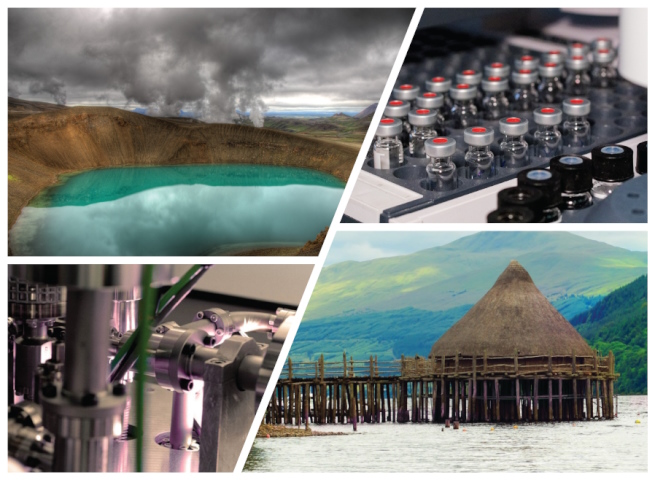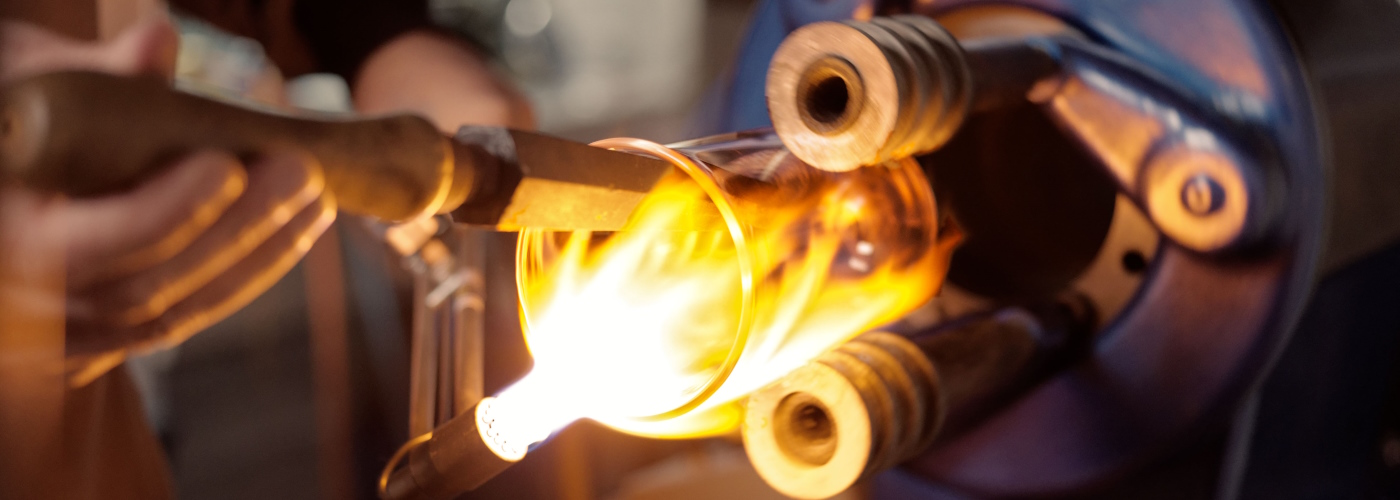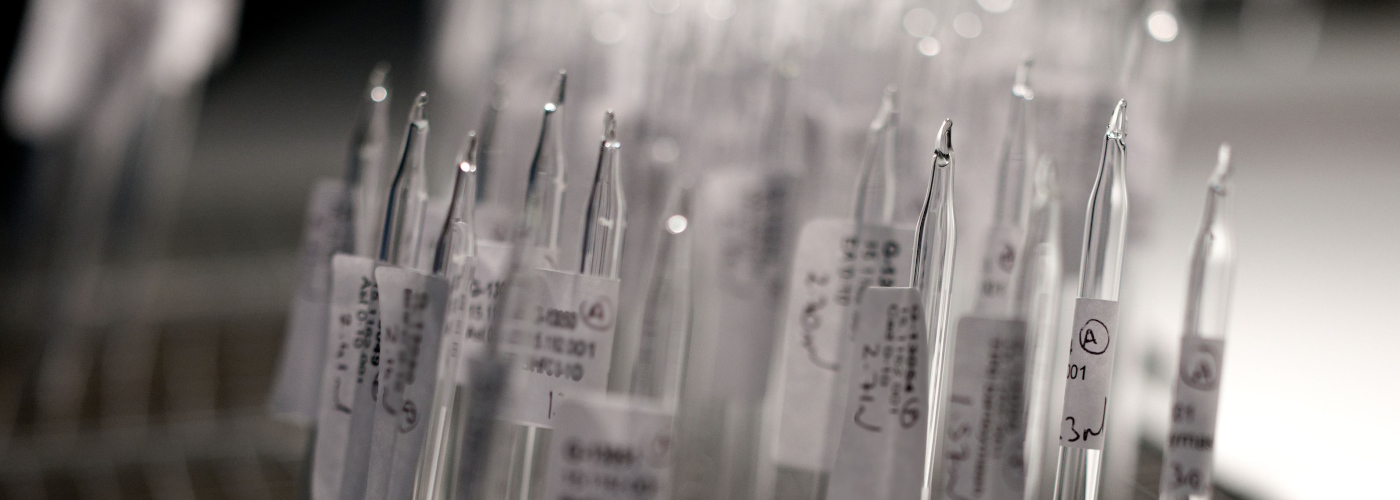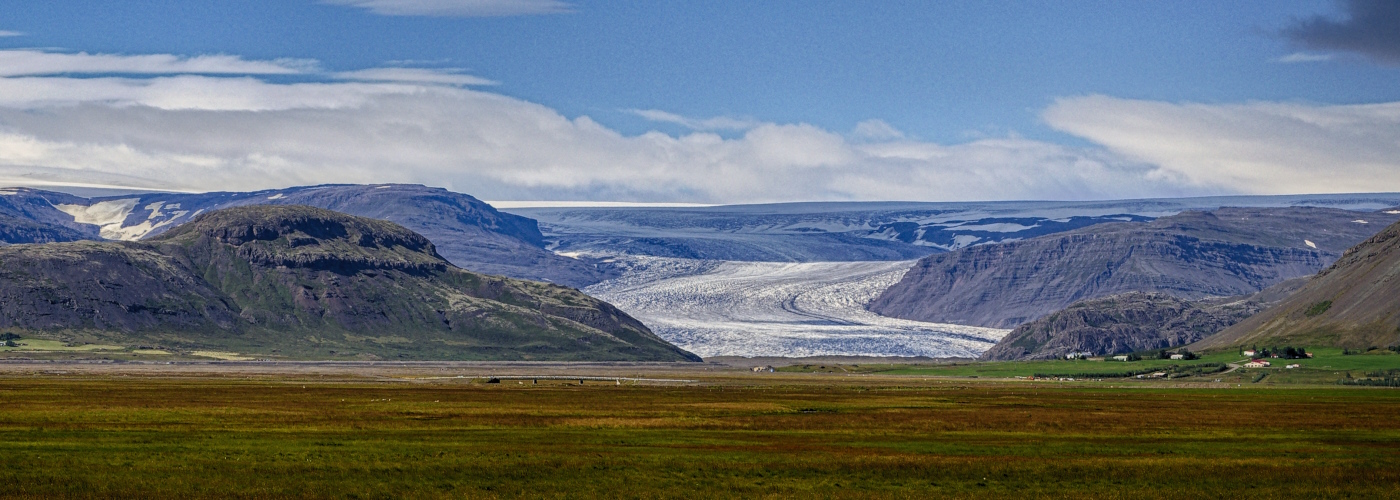SUERC – CENTRE FOR THE ISOTOPE SCIENCES
The Centre delivers internationally-leading research, technology innovation, and training across the isotope sciences. Through our critical mass of state-of-the-art instrumentation and highly skilled staff, we provide a focus for world-leading research that tackles strategic research questions in Earth, Environmental, Heritage, and Biomedical Sciences.

SUERC brings together researchers from a wide range of disciplines into four themes reflecting the breadth of research we undertake:
SUERC hosts and manages four nodes of the National Environmental Isotopes Facility (NEIF) on behalf of UKRI's Natural Environment Research Council (NERC)

NEWS
-
31 JanThe Scottish Universities Environmental Research Centre (SUERC) has signed up to become an Endometriosis Friendly Employer.
-
03 Aug
Super eruptions are millions of years in the making
New research suggests that that super-eruptions occur when huge accumulations of magma deep in the Earth’s crust, formed over millions of years, move rapidly to the surface, disrupting pre-existing rock. -
01 Dec
Dr Lorna A Carmichael 1962-2022
It is with great sadness that we share the news of the death of our dear colleague Lorna Carmichael. Lorna worked at SUERC for 32 years and over that time developed to become one of the best analysts in her field. -
23 Feb
2022 International Research Conference on Suigetsu Varves
SUERC contributes to 2022 International Research Conference on Suigetsu Varves.
Projects
-
13 Oct
GITools
Novel tools for evaluating intestinal dysfunction in children and adults with malnutrition disorders -
13 Oct
SPECTRAL
Stabilisation of pyrogenic carbon in tropical grasslands -
13 Oct
Glasgow International Radiocarbon Inter-comparison (GIRI)
Latest installment of the radiocarbon intercomparison series.
PUBLICATIONS
SUERC staff regularly publish in national and internationally peer-reviewed journals.
There are currently over 3000 publications that can be accessed through ENLIGHTEN, the University of Glasgow institutional repository service.




